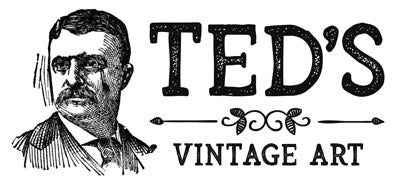Latvia Maps
Located in the Baltic region of Northern Europe, Latvia is one of the three baltic states and is bordered by Estonia, Lithuania, Russia, Belarus, as well as Sweden. Spanning an area of around 64,589 square kilometers (or 24,938 square miles), Latvia is home to a population of 1.9 million inhabitants. The capital and largest city within the country is Riga. The current president of Latvia is Egils Levits, while the current prime minister is Krišjānis Kariņš.
When it comes to the geographical makeup of the country, a great majority of all of Latvia’s land stands at less than 100 meters, or 330 feet, above sea level. The highest point within the country is Gaiziņkalns Hill, which stands at 311.5 meters (around 1,022 feet) above sea level. Latvia is also home to many lakes and rivers. The largest lake is Lubāns, with an area of 80.7 square kilometers, or 31.2 square miles. The deepest lake in Latvia is Drīdzis, which reaches depths of around 65.1 meters or 214 feet deep. The longest river within Latvian territory is the Gauja, as it is 452 kilometers, or 281 miles in length.
The climate of Latvia is known to be temperate, which is heavily influenced by the oncoming winds that come in from the Atlantic. Latvia has four seasons of weather, with winter bringing heavy snowfall and extreme temperatures, while spring and summer bring mild weather. In Latvia, humidity is very high and clouds are extremely common, in fact, there is on average about 30 to 40 days of pure sunshine in Latvia. The average precipitation rates range from around 20 inches, and could even exceed 30 inches in some cases.
Latvia is made up of moderate hills, as well as fertile lowland plains. Arable land is extremely common within the country, which creates a safe environment for several plants and animals. Latvia is home to the fifth highest proportion of land covered by forests in the European Union, as forests account for 56% of the land’s total area. Some of the most common animals one can find in Latvia are squirrels, foxes, hare, lynx, and badgers. Other less common animals include ermines, weasels, deer and elk, as well as beavers. The country is also home to several bird species, and the white wagtail is the national bird of Latvia.
Latvia is known to be a very highly developed country with a high income advanced economy. In fact, since the year 2000, Latvia has experienced the highest rates of GDP growth rates in all of Europe, even being able to recover from a collapse of the economy in 2008 to 2009, when the economy fell 18% in the first three months of 2009. Some of the largest exports in Latvia are broadcasting equipment, sawn wood, fuel wood, hard liquor, packaged medicaments, wheat, cars, and refined petroleum. Infrastructure plays a big role in the economy, as the transport sector takes up around 14% of the GDP. This is because of oil and road/railway connections to the economy.

Real Stories From Past Customers
From The Vintage Map Blog
Inside the Omaha Beach Invasion Map: A Cartographic Look at D-Day
Discover the untold story hidden within one of the most important maps of World War II. This rare Omaha Beach...
Explore Cape Cod's History Through 12 Stunning Vintage Maps
Step back in time with 12 beautiful vintage Cape Cod maps. Discover detailed historic prints perfect for beach houses, galleries,...
Vintage Map Gallery Walls: A Perfect Decor Idea for Farmhouse & Country Homes
A vintage map gallery wall is the perfect way to blend history, personal memories, and timeless decor. Ideal for farmhouse...





















